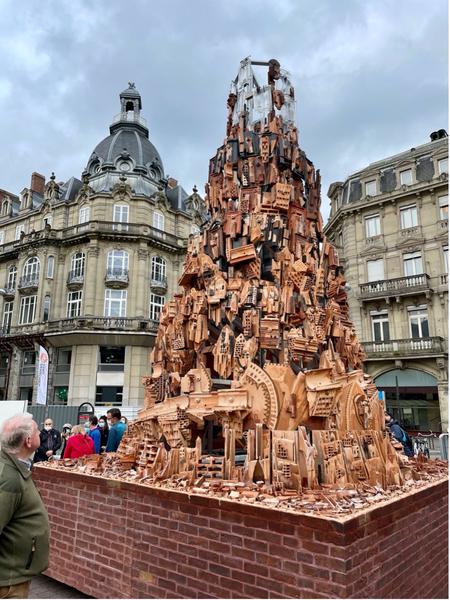
Chapter 1: Introduction to My Strasbourg Tour
Whether you’ve been here before and would enjoy a virtual re-visit, or you’ve never thought of Strasbourg and would like to catch a glimpse through my lens, or you are itching to visit and want a preview… I hope you will enjoy the tour and learning more about this charming and fascinating place with me.






